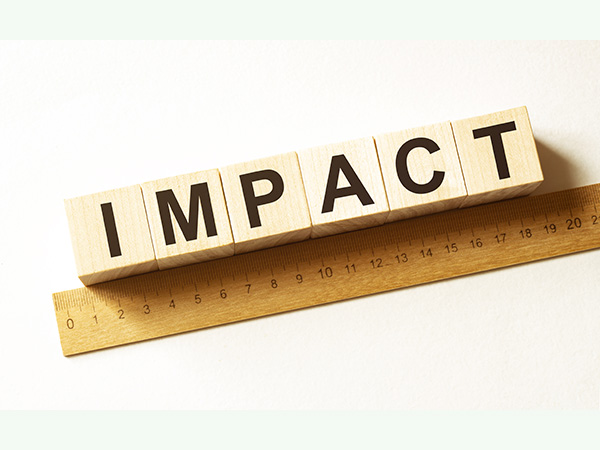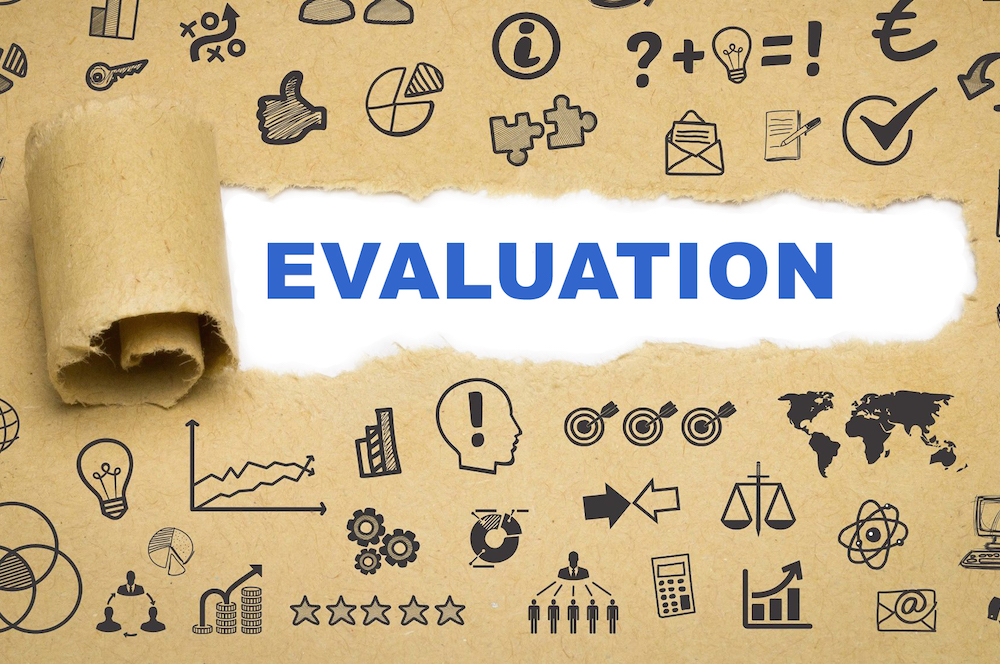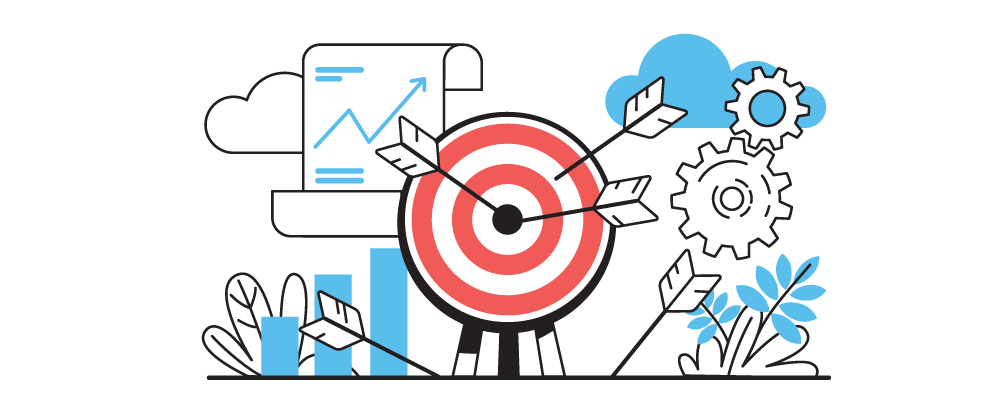22 Apr Blog Title: Are You Listening? Are you REALLY Listening? By Ashley Dooley, GPC
Posted at 06:00h
in Ashley Dooley, GPC, Competency Three, Kellie Brunguard, Program Design, Program Development, Relationships
From a very early age, we are taught to multitask. It seems embedded in the American culture of go-go-go and do-do-do. You may be eating lunch and socializing with friends, or watching a sporting event while taking a business call, or cooking dinner while helping your kids with homework. You probably do not even catch yourself multitasking, because it happens so frequently.










